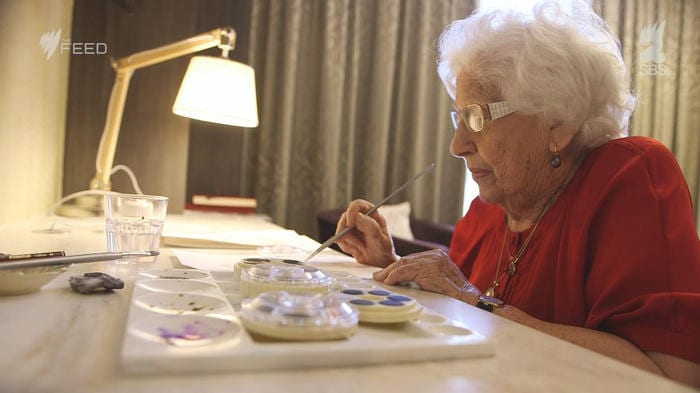
The arts have always been associated with genius and brilliant minds – people like Mozart, Picasso and Shakespeare. But what about using art as a therapy to help the minds of the elderly?
Though it won’t cure conditions such as Dementia or Parkinson’s, it has the ability to help people by bringing them some joy and even allows them to communicate in unexpected ways.
There has been little research done to prove how it works, but practical experience shows some remarkable results. Art programs with the elderly have shown to “awaken responses” and help unlock small flickers of understanding for those experiencing memory loss.
Many elderly people have, in their youth, had hobbies that involve things like theatre, art and music. Allowing them to partake in such activities can trigger parts of the brain that are used in remembering certain actions and memories, and can reignite the happiness they once felt.
And those who have never tried their hand at the arts can discover a new experience and possible a hidden talent. There are many benefits of art therapy, they can include;
$nbsp;
One such place that is combining the arts with healthcare is The Arts Health Institute, a non-profit organisation based in Sydney. Co-founded by Australian actor, comedian and mime, Jean-Paul Bell, he was a State Finalist Senior Australian of the Year in 2015.
The Arts Health Institute have extended their services to residential aged care provider, Allity with their “Artists in the House” program. This new program involves having professional, specially trained artists come to Allity’s facilities and run programs for the residents on a regular basis.
The program involves bringing a variety of options from painting to creative writing to singing and dancing to seniors in the nursing homes.
The program’s focus is to help residents enjoy art, build social engagement and self-esteem. And because the residents get involved in the art it also helps to lift their moods through self expression.
It can be difficult seeing loved ones go through the changes of ageing, and especially difficult if they develop Dementia. But there are small things like art and culture that can bring them some joy and make them feel more at ease.
Video: Proven therapy for seniors in aged care